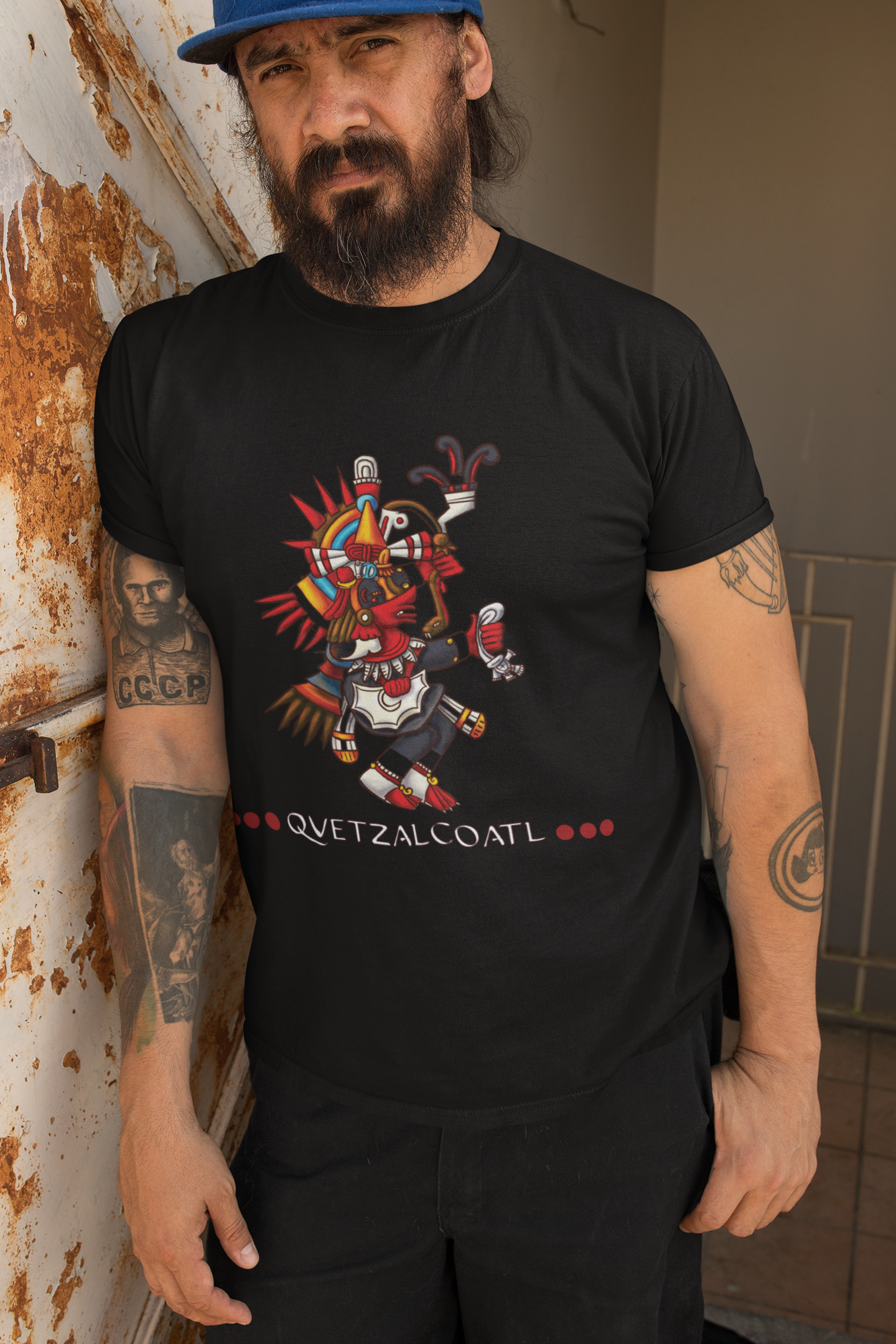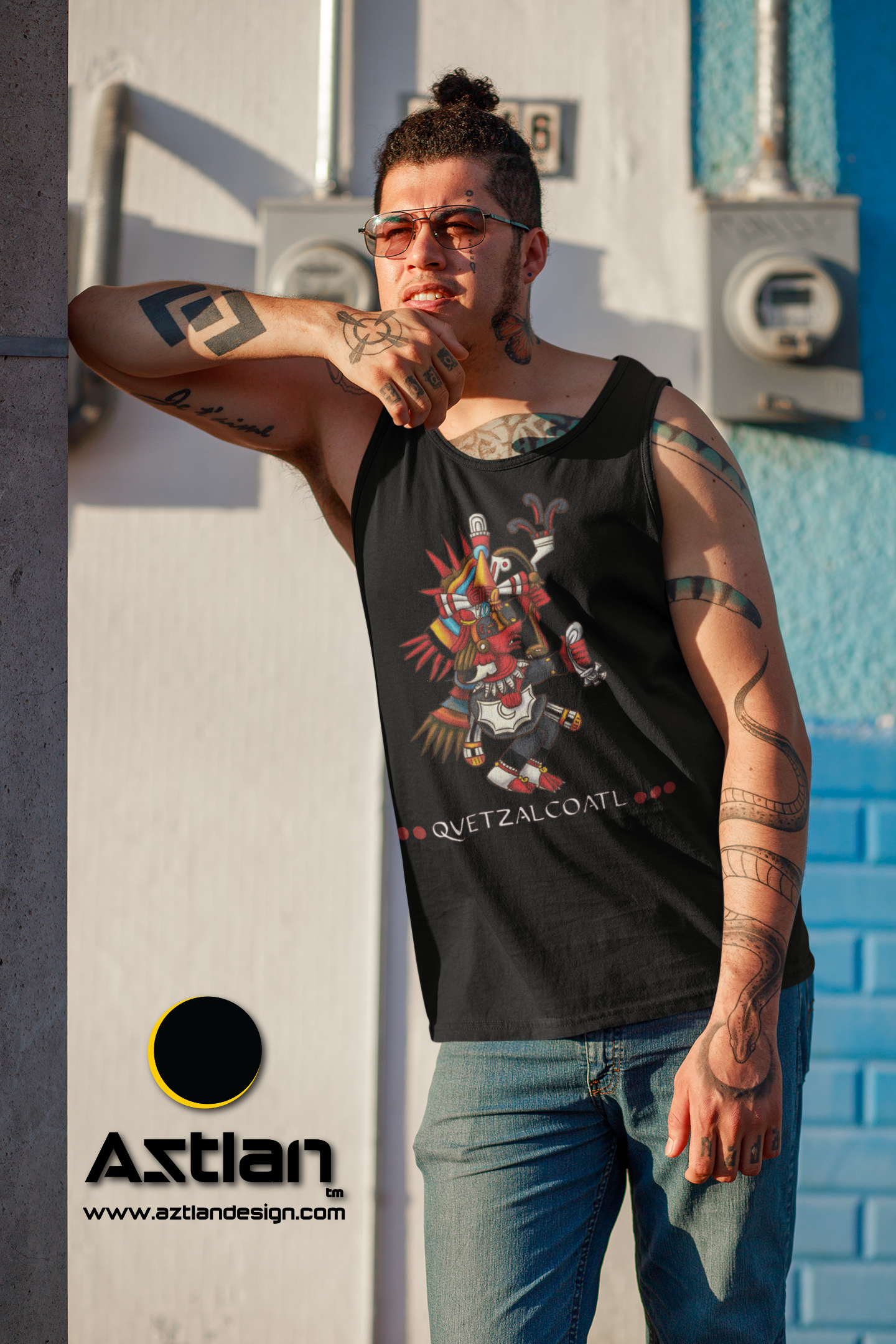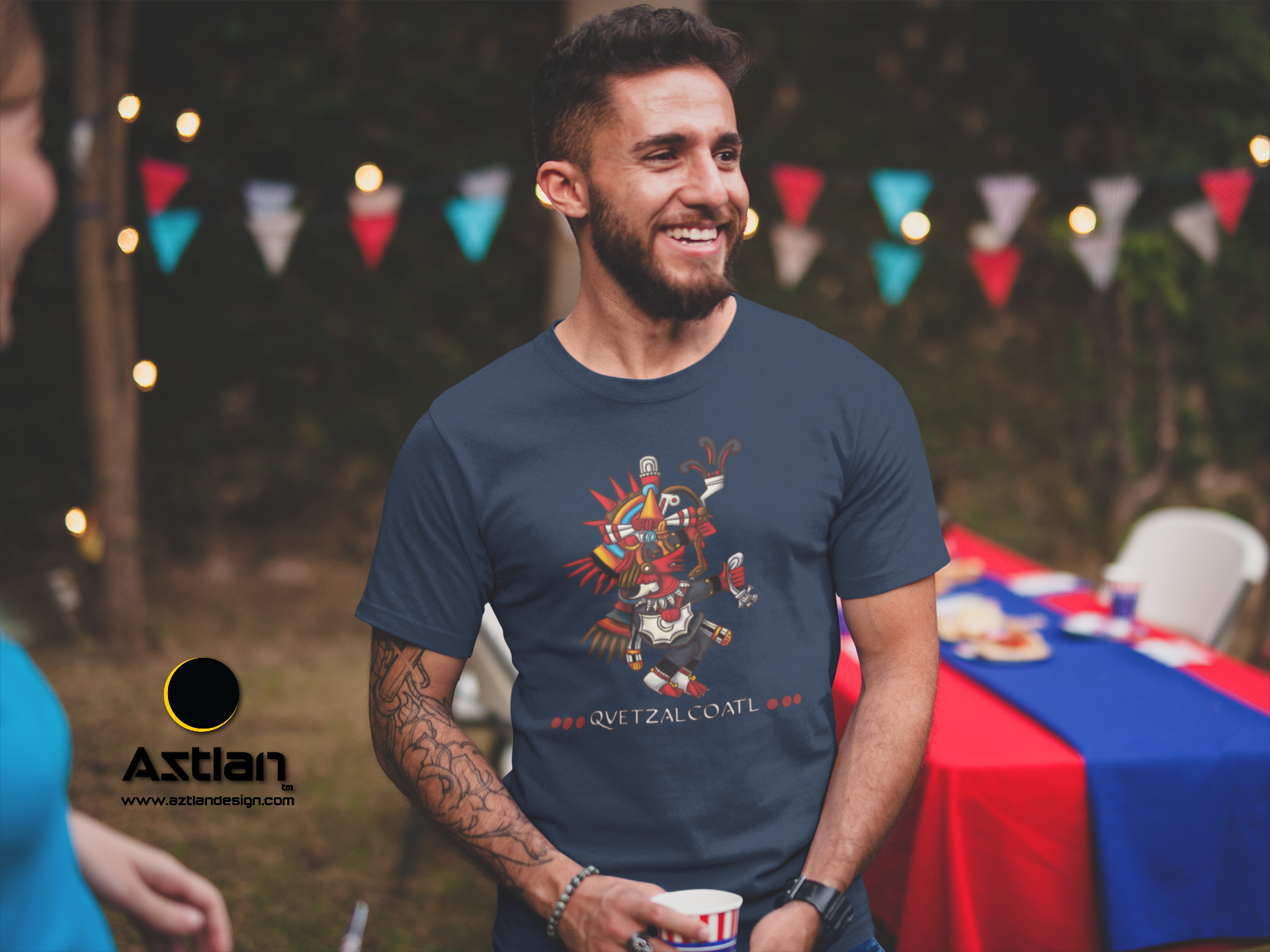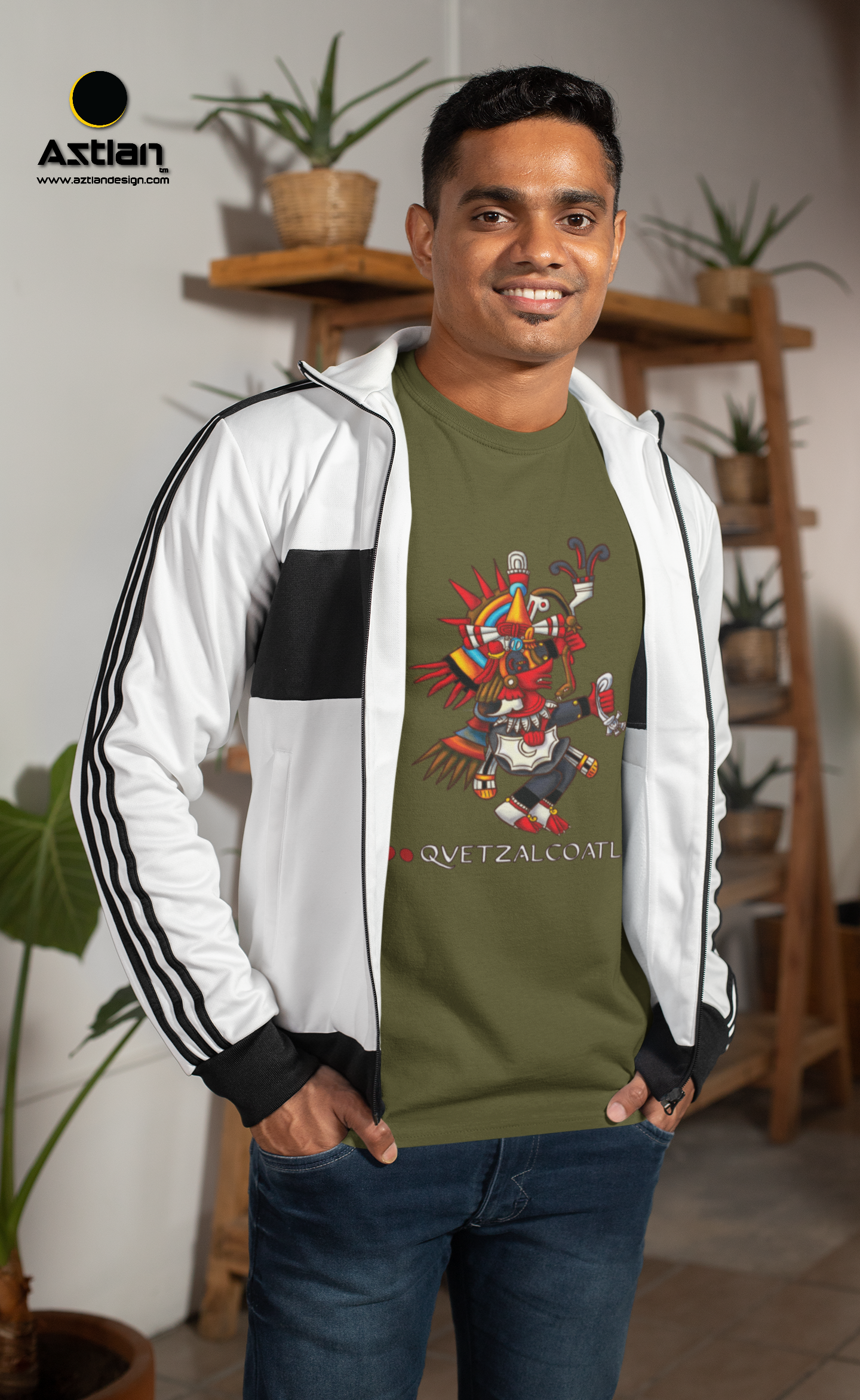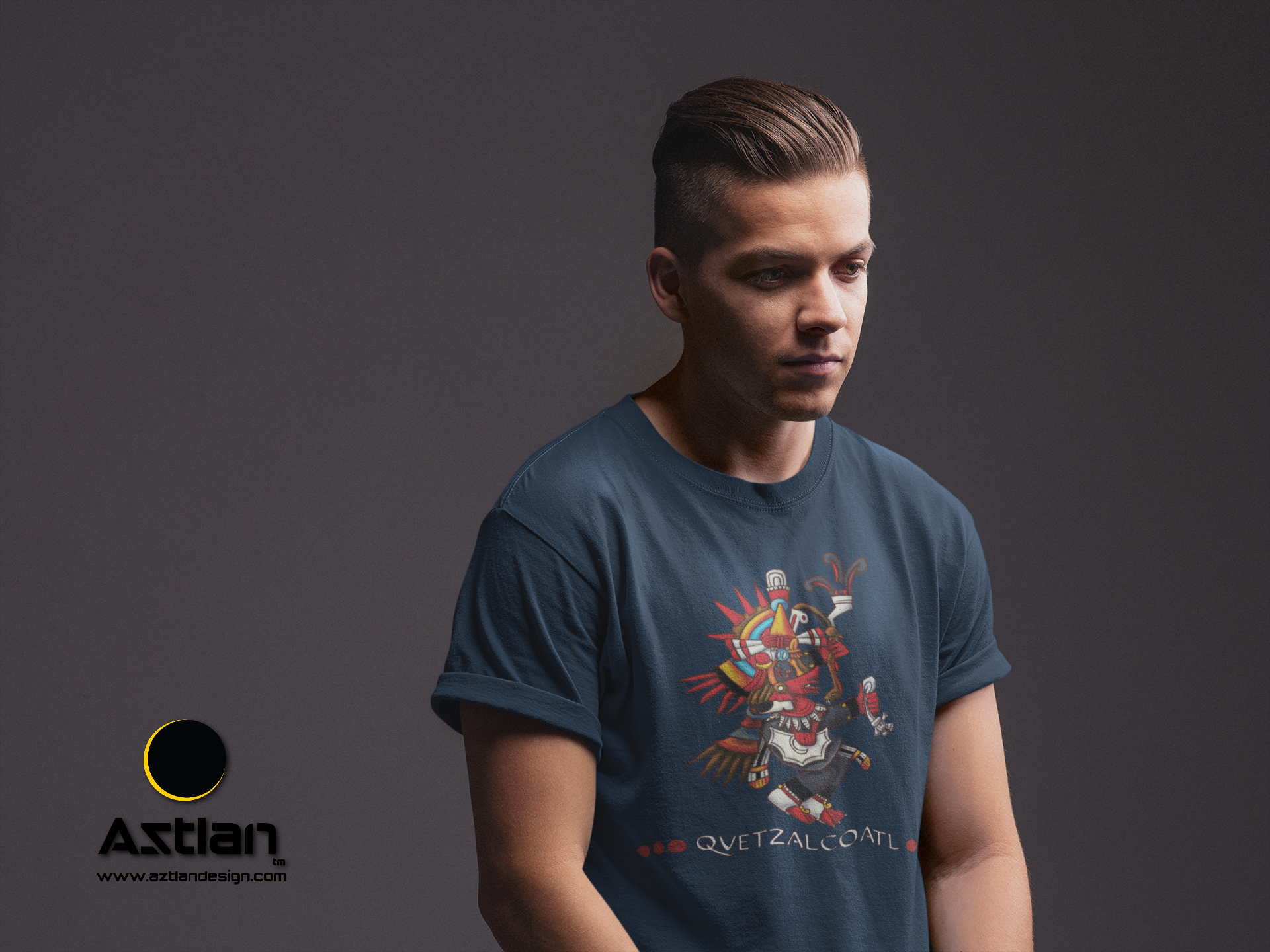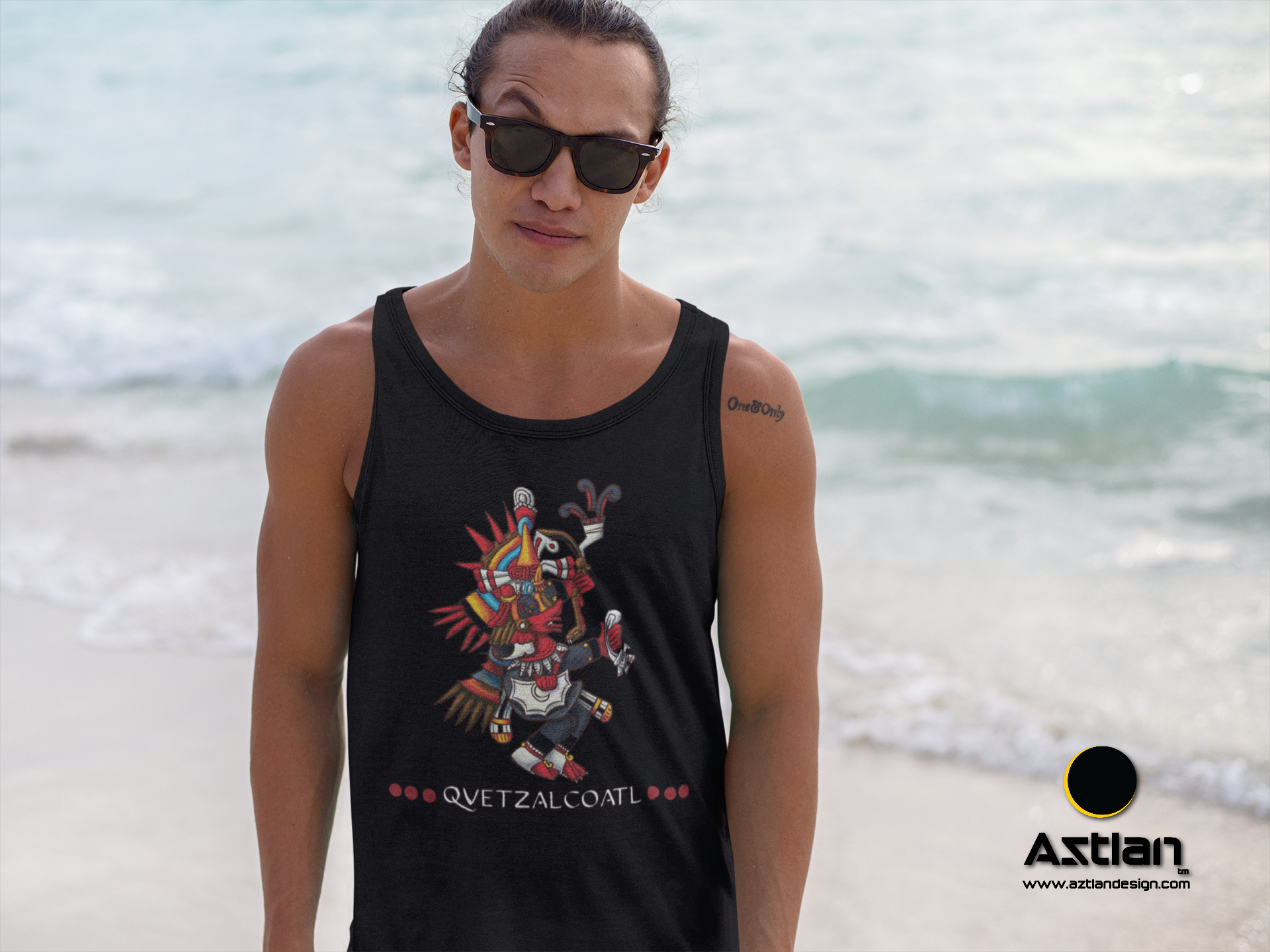Quetzalcoatl: The Feathered Serpent, the Prophesy, and the Fall of the Aztec Empire

Among the pantheon of deities worshipped by the ancient civilizations of the Americas, Quetzalcoatl, the Feathered Serpent, stands out. Revered as a god of wind, sky, and stars, Quetzalcoatl represented the vital force of creation and civilization.
The Feathered Serpent Across Cultures
The Feathered Serpent wasn’t an exclusive figure to the Mexica (Aztec) civilization. It was a recurring symbol in Mesoamerican cultures, a testament to its profound spiritual and cultural importance. The Maya knew him as Kukulkan, and to the Quiche Maya of highland Guatemala, he was Gukumatz. In the pantheon of these cultures, the Feathered Serpent stood as a representation of the divine synthesis of heaven and earth, a testament to the intricate cosmology that underscored these civilizations.
Quetzalcoatl: The Bearer of Civilization
In the Nahua civilization, Quetzalcoatl, depicted as a combination of a serpent (a prevalent earth symbol) and a bird (a common sky symbol), embodied the crucial interplay of the terrestrial and celestial spheres. As the god of wind, he was also the one to set in motion the initial creation of the world. The story of Quetzalcoatl’s birth, where he and his brother Xolotl sprang from their mother Coatlicue, mirrors the dynamic nature of the universe as understood by the Nahua people.
Quetzalcoatl was also recognized as a cultural hero, bringing the arts of civilization to mankind. As the story goes, Quetzalcoatl journeyed to Mictlán, the underworld, and created humanity from the bones of the previous life forms, using his own blood to imbue the bones with new life. This act of creation established Quetzalcoatl as a life-giver, an originator of human existence, and a figure of rejuvenation and renewal.
Among the Aztecs, Quetzalcoatl was believed to have arrived by sea, teaching the indigenous peoples essential skills such as the creation of tools, the art of shipbuilding, and other advanced technologies. He established the rituals of civilization, including the intricate calendar system, and introduced corn, a staple crop that would sustain generations to come. Quetzalcoatl was not just a god of the Aztecs, but a symbol of enlightenment and transformation.
Quetzalcoatl’s Departure and Promise of Return
Legend holds that after his great works, Quetzalcoatl set off across the sea on a raft of serpents, promising that one day he would return. This prophecy was deeply ingrained in the minds of the Aztec people, so much so that the arrival of the Spanish conquistador Hernán Cortés in 1519 was mistaken for the return of Quetzalcoatl.
Quetzalcoatl and Moctezuma II
Moctezuma II, the Aztec emperor reigning at the arrival of the Spanish, was captivated by an entrancing belief: the advent of Hernán Cortés signified Quetzalcoatl’s prophesied return. An intriguing aspect of this belief was the coincidental timing of Cortés’ arrival in 1519, a One Reed year according to the Aztec calendar — the specific temporal cycle associated with the return of Quetzalcoatl. This extraordinary circumstance gave the Spaniards a vital psychological edge, paving the way for them to gain a foothold within the grand city of Tenochtitlan.
Cortés astutely exploited this providential misunderstanding to further his own aims. Recognizing the widespread reverence for Quetzalcoatl among the indigenous peoples, he carefully crafted his image to align with that of the returning deity, presenting himself as an ally rather than a conqueror.
Harnessing this cultivated image, Cortés began to form alliances with neighboring tribes who had long been subjugated by the Aztecs. These tribes, harboring resentment towards their Aztec overlords and swayed by the Spanish promises of liberation and shared power, turned against Tenochtitlan, bolstering the Spanish ranks with indigenous warriors.
The Spanish also engaged in a more insidious form of warfare — one that leveraged the invisible power of disease. Unknowingly, they had brought with them various pathogens, such as smallpox, to which the native populations had no immunity. These diseases began to spread, decimating the indigenous population and causing societal disarray. Cortés even used this inadvertent germ warfare to his advantage, sharing infected gifts with native leaders and communities, which led to devastating outbreaks.
When the assault on Tenochtitlan began, the city was already weakened by disease, internal dissent, and the defection of their tributaries to the Spanish cause. The combination of these factors, orchestrated and exploited by Cortés and his men, led to the tragic downfall of the Aztec Empire. This marked the end of one of the most remarkable civilizations of the Mesoamerican era, leaving behind a legacy that continues to fascinate us today.
In retrospect, the story of Quetzalcoatl’s return — a prophecy of hope and renewal for the Aztecs — was cleverly manipulated to become an instrument of their undoing. The episode stands as a stark reminder of the complex interplay between faith, manipulation, and power in the shaping of our shared global history.
Legacy of Quetzalcoatl
In contemporary times, the story of Quetzalcoatl serves as a potent reminder of the complex and rich mythology that characterized the Mesoamerican civilizations. The figure of Quetzalcoatl, embodying duality, wisdom, and creation, offers profound insights into the cosmological understanding of these ancient cultures. As we continue to study and appreciate these aspects of Mesoamerican civilization, the legacy of Quetzalcoatl and his iconic representation as the Feathered Serpent continue to enthral and educate us about the multifaceted heritage of the Americas.
?Embrace Your Roots and Ignite the Spirit of the Mexica ?
Aztlan Design is more than just apparel – it’s a tribute to the profound arts of our ancestors, a vibrant revitalization of the revered Mexica Aztec culture. Our history is rich, our heritage is powerful, and we are a testament to the fact that we are still here, thriving, and very much alive.
Each one of our designs has been painstakingly crafted with deep reverence, profound meaning, and abundant love. By wearing our apparel, you’re not just making a fashion statement; you’re connecting with the strength of our ancestors, reviving our shared heritage, and proudly proclaiming, ‘We are still here, and we remember.’
Stand tall and proud in Aztlan Design apparel. Express your identity, honor our past, and carry the torch of our vibrant culture into the future. It’s more than just a shirt, it’s a symbol of resilience and pride.
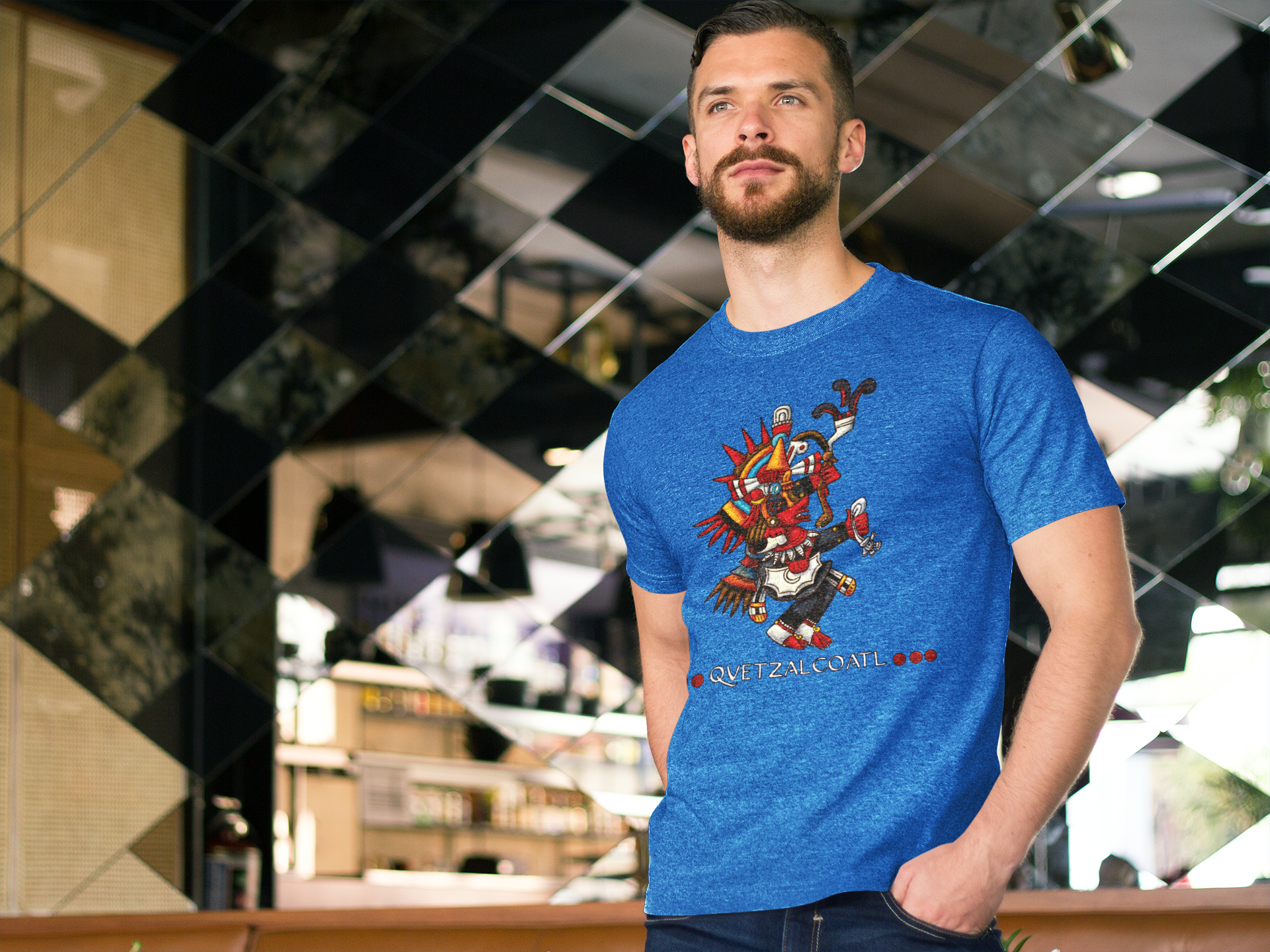
? Are you ready to wear your history with pride? Browse our collection today and join the cultural renaissance. We can’t wait to welcome you to the Aztlan family! ?
-
Sale!
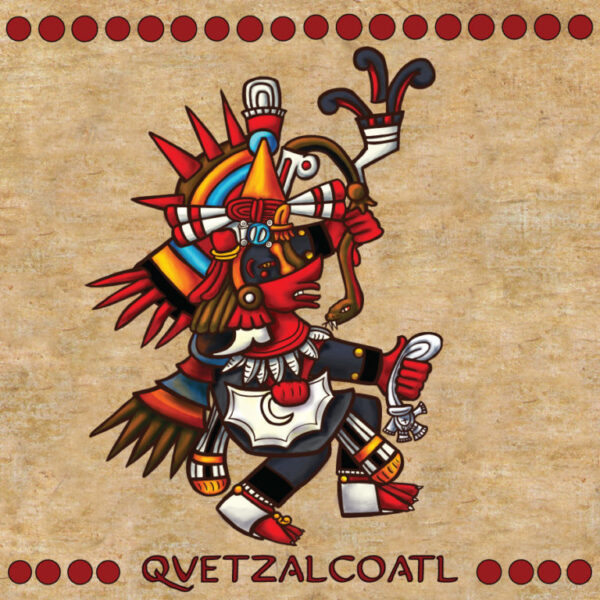
Quetzalcoatl 3″x3″ Sticker
Original price was: $6.99.$5.99Current price is: $5.99. -

Quetzalcoatl 12″x12″ Stretched Canvas
$50.00 -
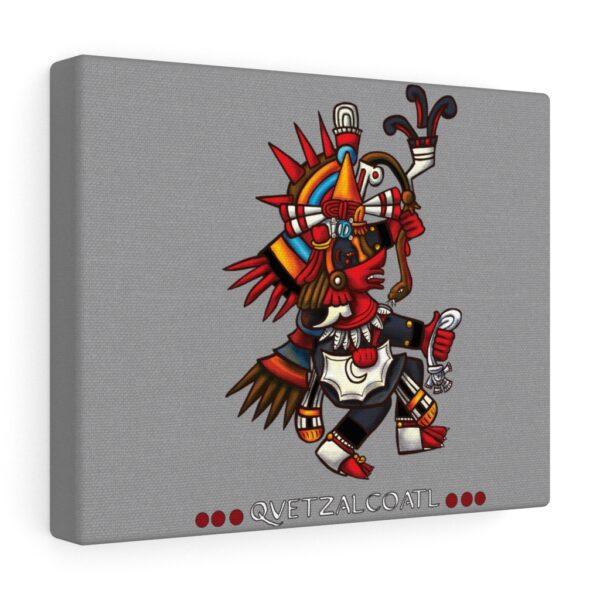
Quetzalcoatl Canvas Gallery Wraps
$17.22 -
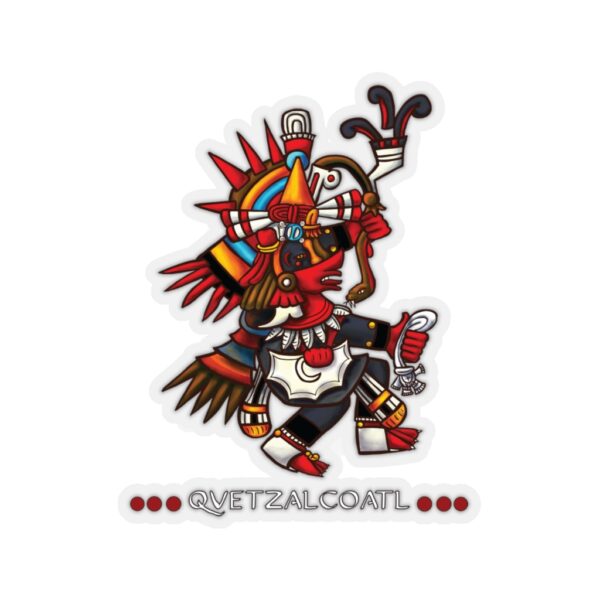
Quetzalcoatl Die Cut Stickers
$2.32 -
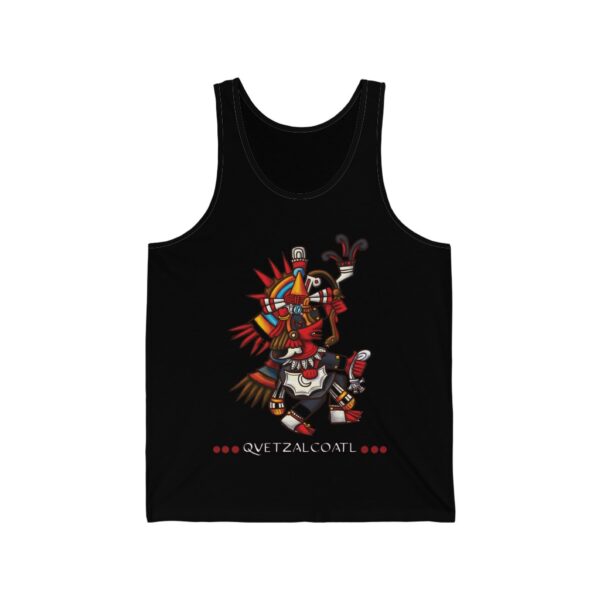
Quetzalcoatl The Feather Serpent Mexica Aztec Deity – Jersey Tank
$23.03 – $28.75 -
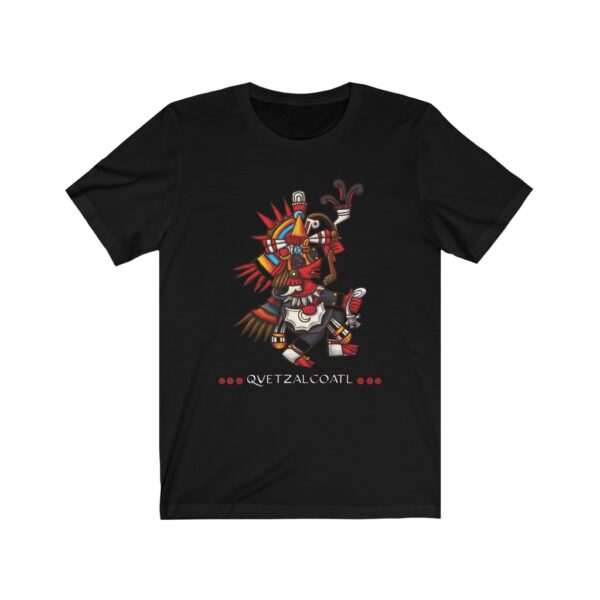
Premium Quetzalcoatl Mexica Short Sleeve Tee
$16.90 – $27.38

